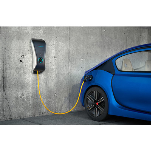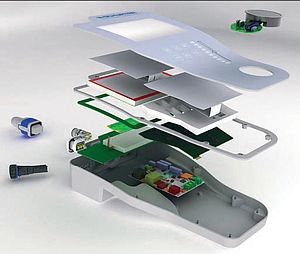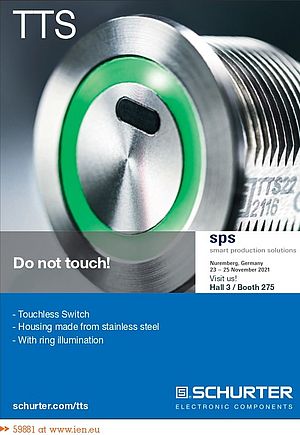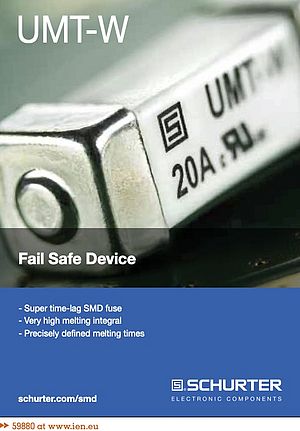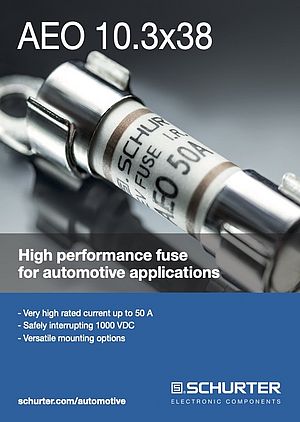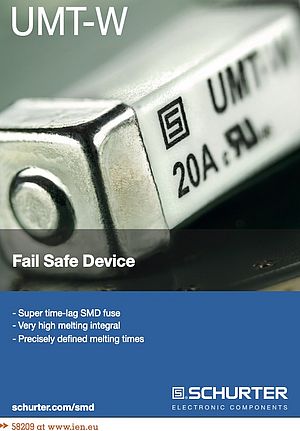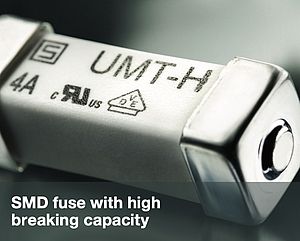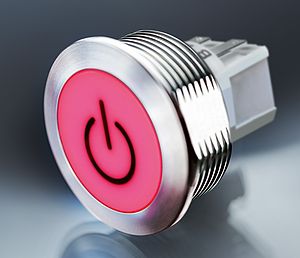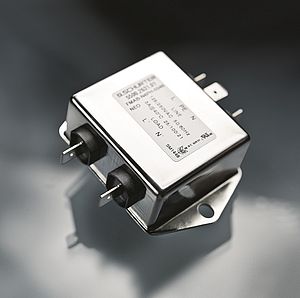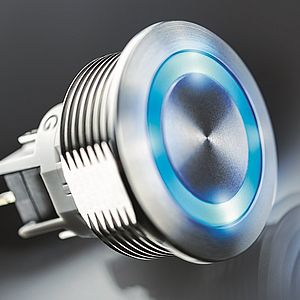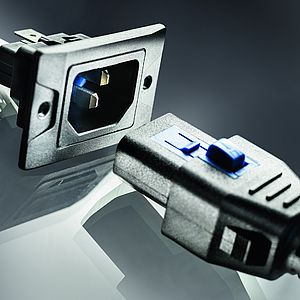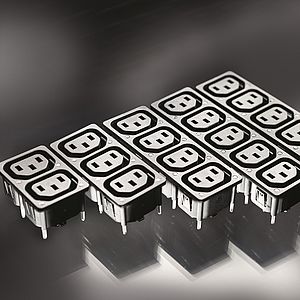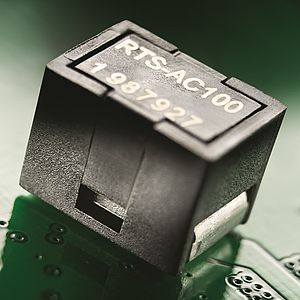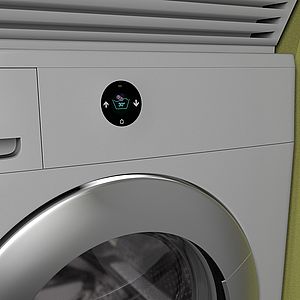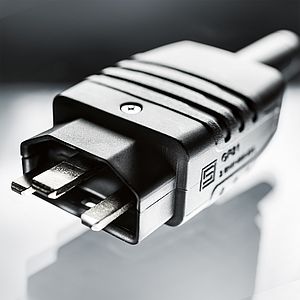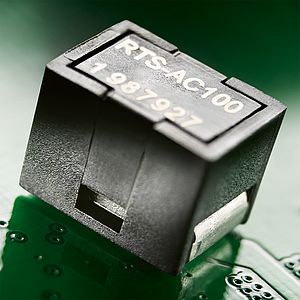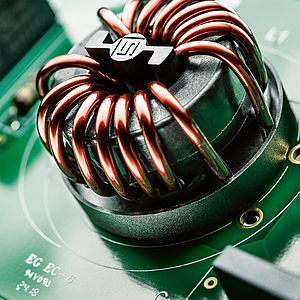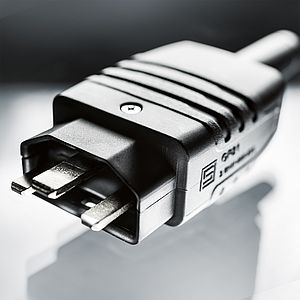Schurter. Electric vehicles are powered by lithium-ion battery packs. Although they are used in billions of applications worldwide from cars to the latest cell phones, they are sensitive constructions. However, if care is taken during the charging process the battery life and safety can be significantly increased. If you are thinking about buying an electric vehicle, it makes sense to consider at an early stage how this vehicle should be supplied with energy. In the vast majority of cases this will involve charging at home. That is why we want to limit ourselves to this point in this article. What do we need to look out for?
Safe Charging at Home
When care is taken during the charging process, the battery life and safety can be significantly increased
- by SCHURTER AG
- September 7, 2020
- 986 views



